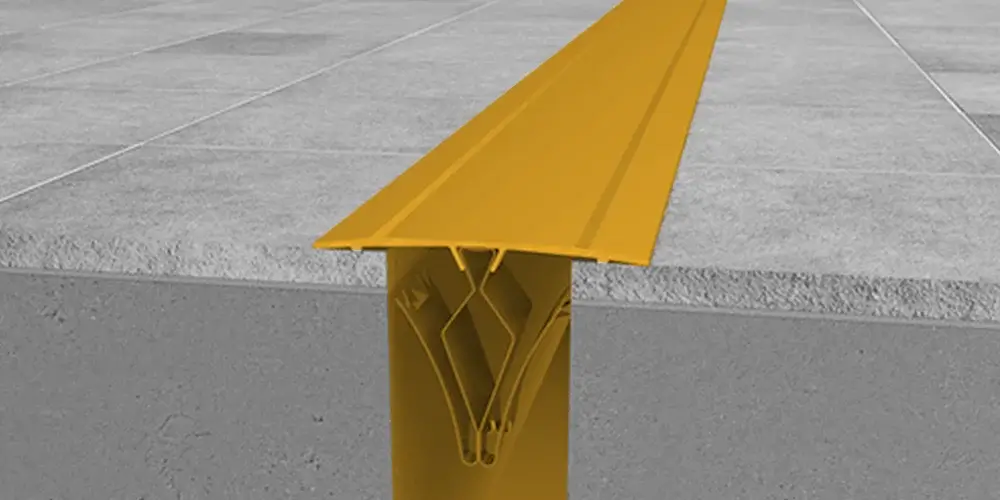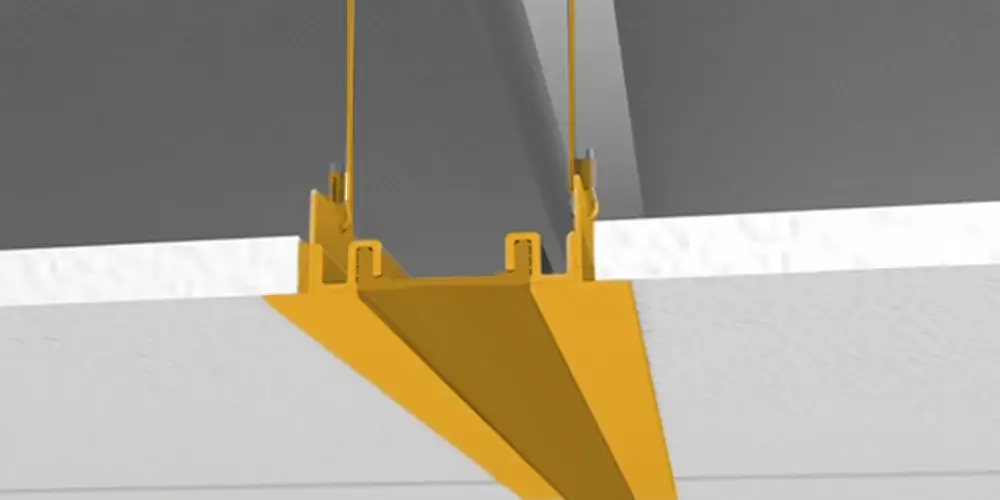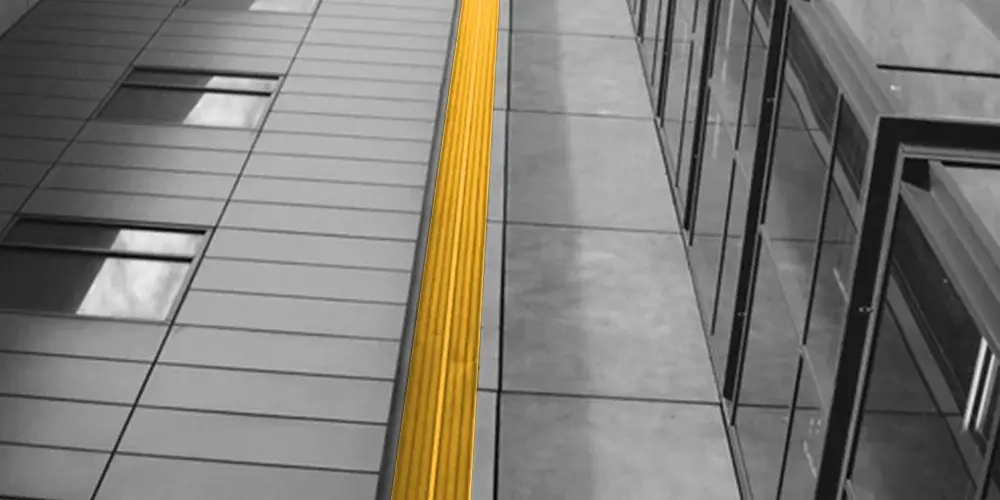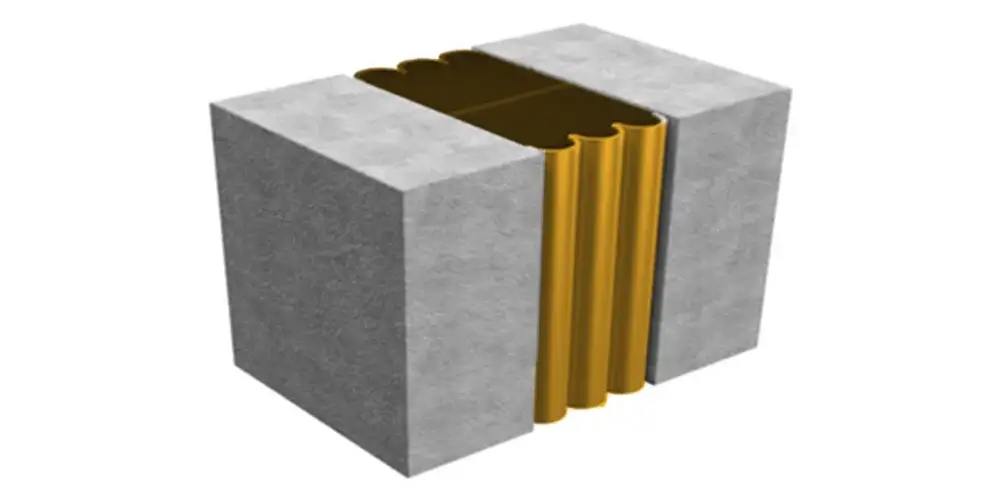
We offer a wide range of expansion joint covers that provide reliable protection for the gaps created by movement and contraction in buildings. Whether you need architectural art expansion joint covers or movement joint covers, we've got you covered.







Expansion joints are an essential component of construction that help to reduce damage caused by the natural movement of buildings due to temperature changes, humidity, and other factors. They are also used to prevent structural failures, which can lead to costly repairs.

Explore our waterproofing & coating blogs where we share valuable information & news that we gathered throughout the years.

Explore our comprehensive range of building materials, carefully selected to meet the needs of your project.
We also offer various types of expansion joints in buildings, including plaster expansion joint, wall expansion joint, and concrete expansion joint filler products. Our victaulic expansion joint 155 and expansion joint cad provide superior protection against movement and vibration in high-traffic areas. Our expansion joint covers come with expansion joint tie rods and expansion joint detail to ensure a secure and stable installation. Our concrete expansion joint sealant provides additional protection and helps prevent water damage.
An expansion joint is a structural gap that allows for the natural expansion and contraction of building materials due to temperature changes, moisture, seismic activity, wind, and other factors. Expansion joints are designed to absorb the movement of building materials and prevent damage or failure to the structure.
In construction, expansion joints are typically installed at regular intervals in floors, walls, and ceilings to accommodate the movement of the building materials. They are usually made of materials like rubber, metal, or foam, and are placed at specific locations based on the design and engineering of the building. Expansion joints can be either visible or concealed depending on the design and aesthetic requirements of the building.
Without expansion joints, building materials like concrete, steel, and masonry can experience stress and damage over time due to the natural movement caused by environmental factors. This can lead to structural failure, cracking, and other types of damage that can be expensive and time-consuming to repair.
Properly designed and installed expansion joints are critical for ensuring the long-term durability and safety of buildings. They help to minimize the risk of damage and failure due to environmental factors and can help to extend the lifespan of the building materials.
Yes, we can customize an expansion joint cover to fit a specific application or design requirement. Contact us for more information about our custom expansion joint cover options and how we can help you with your unique building project.
Construction joints should be provided in concrete structures at specific locations where the pouring of concrete will stop temporarily or for a prolonged period. These locations include points of termination or points of least stress, where the concrete is to be placed again after a break, or where a change in cross-section or thickness is required.
Some of the common locations for construction joints in concrete structures include:
Change in thickness: Construction joints are required when there is a change in the thickness of the concrete structure. This may include areas where walls or columns intersect with slabs or beams, or where the thickness of the concrete changes due to design requirements.
Points of termination: Construction joints are also required at points of termination, where the pouring of concrete stops for a temporary or prolonged period. These include areas such as at the end of the day, at the end of a section or panel, or when pouring stops due to weather conditions.
Points of least stress: Construction joints are also placed at points of least stress in a concrete structure, such as the middle of a long beam or slab. These joints help to minimize cracking due to shrinkage or temperature changes in the concrete.
It’s important to note that the location and frequency of construction joints may vary depending on the specific design requirements and the type of structure being constructed. The proper placement of construction joints is critical for the long-term durability and performance of the concrete structure.
Industrial Area, Stress 42, Gate B3.
Barwa Commercial Avenue, Safwa Block Building 2, 2nd Floor
Submittal Request